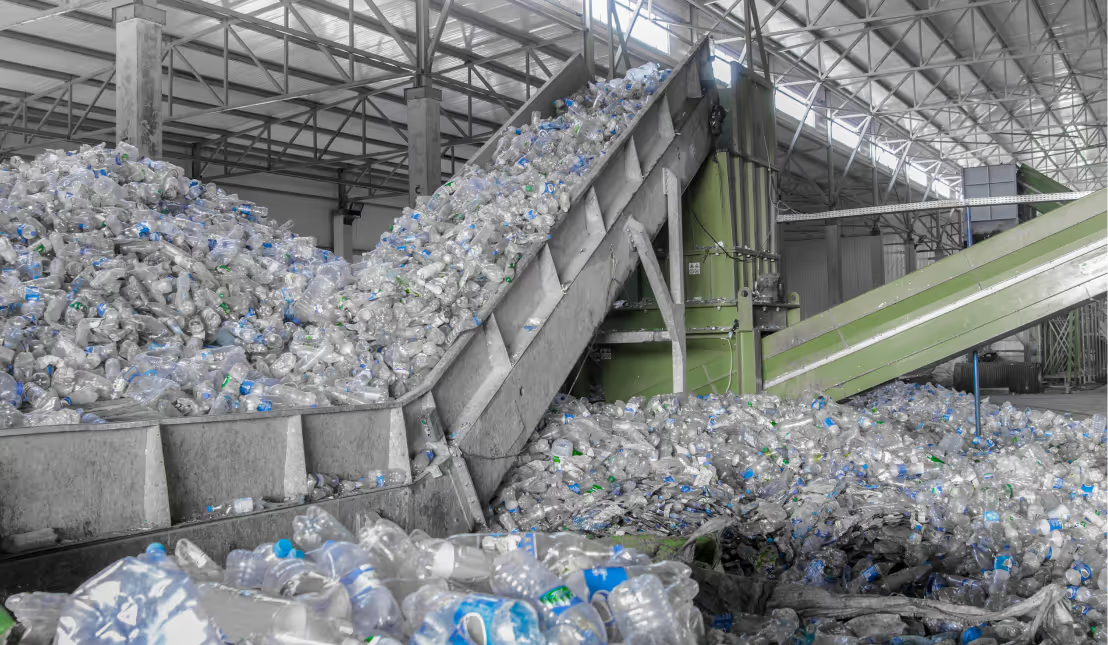Is Plastic Recycling a Lie? Uncovering Decades of Greenwashing

Join the community





We wash plastic bottles and yogurt cups, diligently sort them, and then place them in their respective bins, hoping that recycling facilities will process them.
We have been doing this for decades. So why is it that less than 10% of plastic actually recycled?
The History of the Plastic Recycling Fraud
The Center for Climate Integrity's February 2024 report, The Fraud of Plastic Recycling, reveals that for more than 50 years, Big Oil and the plastics industry have known that large-scale recycling is not technically or economically viable. Despite this, they have misleadingly promoted recycling as a solution for managing plastic waste.
It started with the idea of disposability and single-use plastic, which was introduced by plastic producers in the 1950s to expand their market. By the 1980s, municipalities began to understand the challenges of disposing of plastics in landfills and incinerators, leading to considerations for bans on grocery bags and other plastic products.
In response, the plastic industry introduced a new solution: recycling.
In 1984, the Society of the Plastics Industry created the Plastics Recycling Foundation, uniting petrochemical companies and bottlers. They launched a campaign emphasizing the sector's commitment to recycling.
By 1988, they introduced the chasing arrows symbol, now widely recognized as the plastic recycling symbol, and started using it on packaging.
However, during all these developments, the report discovered a 1989 statement from the Vinyl Institute's founding director, which serves the PVC/vinyl industry. At a trade conference, he told attendees: “Recycling cannot go on indefinitely, and does not solve the solid waste problem.”
Fast forward to today, the misconduct of the industry persists.
Modern greenwashing
As we transition from oil and gas to solar and wind energy, and as electric vehicles replace gasoline ones, the demand for oil and gas is declining. Consequently, the oil and gas industry is shifting its focus to petrochemical products like plastic.
The industry has introduced a new form of greenwashing, chemical recycling, to maintain the demand for plastic.
Unlike mechanical recycling, which processes plastic waste into secondary raw materials or products without significantly changing the material's chemical structure, chemical recycling alters the structure of plastic waste. It transforms it into chemical building blocks, which can then be used again as raw materials in chemical processes.
The plastic industry claims that chemical recycling breaks down plastic into tiny molecules that can be used to make new plastics, synthetic fuels, and other products. They are trying to mask the fact that chemical recycling creates pollution and is even more energy-intensive than traditional plastic recycling.
Not surprisingly, the plastic sector knew about this as well, as per the report. In a 1994 trade meeting, Exxon Chemical vice-president Irwin Levowitz called one common form of chemical recycling a “fundamentally uneconomical process”.
As consumers, we must remain vigilant about the industry's greenwashing tactics and continue to push for more sustainable solutions to our plastic waste problem.












